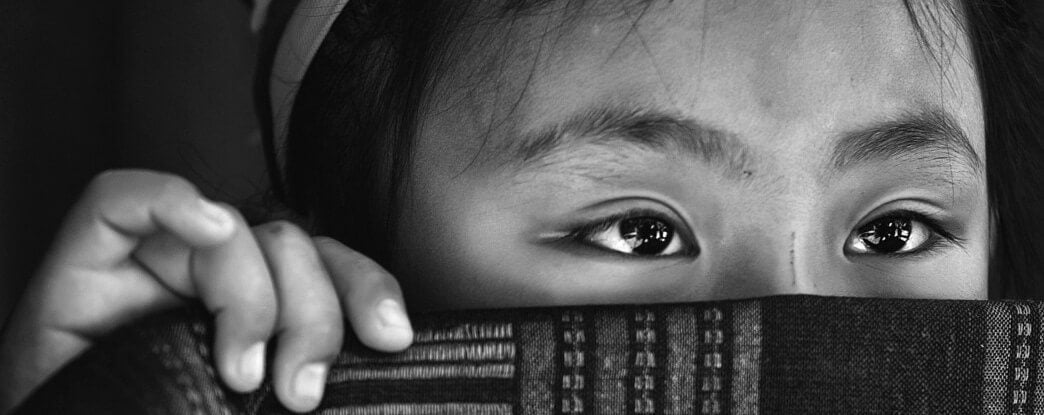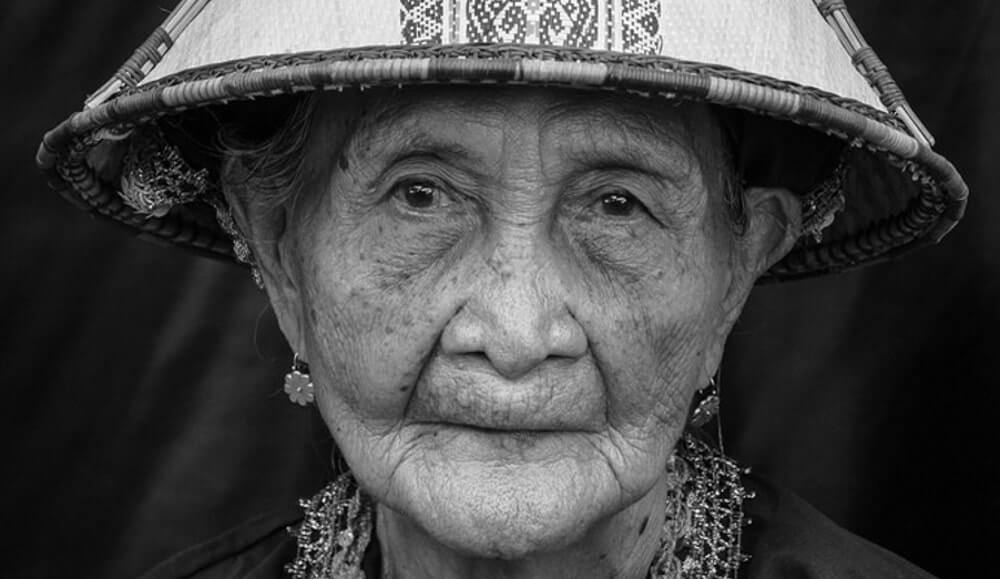Proverbs and wise sayings in relation to rice from Thailand – Common sayings seem to be the rice roots of any culture. Handled down over generations orally from one to another with their own spin, they can give us insights into worldview.
Traditional values have disappeared or are changed over time, but some proverbs that explicate moral and spiritual wisdom remain with the people, sayings teach a message of behavior or give philosophical wisdom. They are usually short and sweet or short and tangy and have been defined as the wisdom of many and the wit of one.
Although proverbs, sayings and maxim may be highly believed and are current in the same culture they ironically often contradict each other.
Enjoy reading Proverbs and wise sayings in relation to rice from Thailand.
Kin Khao Ma Rue Yang?
Or I would say “Have you eaten yet?” is one of the common ways for people to greet each other in Thai culture.
Language reflects civilization and its culture dominance. In Thai Language, whenever Thai people craved for food they say
Heaw Kaow which means hunger for rice, the phrase for eating rice is synonymous with eating food.
A family gathering for a meal in Thailand is called “Eating Rice” tarn kao.
More Thai Sayings are related to rice and to the measurement of time. Because in former times, people had no clock to use. They thus estimated time by observing their environment. When they wanted to indicate that an action or incident took a short time, they compared it to the period of time used in rice cooking. This was said in a saying chua (the period of time) mo-khao duat (for a pot of rice to boil). Although this way of time measurement was not precise, at least it gave a rough idea of the length of time.
And when the Thais had to wait for something without knowing definitely whether what they want would be fulfilled, they said it was like the rice in a field waiting for rain in drought.
Rice is regarded as a sign of prosperity. Khao (rice) lua (leftover) klua (salt) im (full) is a saying used to tell that a country is wealthy and that it has abundant rice and salt for all the people to cook and eat until they are full.
When people face the difficulty of an exceedingly high cost of living, they call it a period of khao yak mak phaeng or “rare rice and expensive betel nuts.” While the former has always been the staple food for the Thais, the latter was popularly chewed like gum by the Thais of former times. Nu (rat) tok (fall) thang khao san (a bucket of rice) is used to refer to a lucky poor man who got married to a rich woman, enabling him to have a life of luxury.
Rice is used in sayings to warn and teach as well: Kin khao tom krajom klang or “start eating rice congee from the centre of the bowl (instead of from its rim)”.
Since the rice congee in the center is hotter than at the rim, the person who does so is considered careless. The saying then is used to criticize this kind of person.
Folk belief and rice
Hung khao (cooking rice) prachot (to spite) ma (a dog), ping pla (to roast a fish) prachot (to spite) maeo (a cat) is used to teach that one who spites the other by doing or giving the things they like will be disadvantageous to oneself.
Taking the dog and cat case as an example, if you spite them by cooking rice and roasting fish and give the food to them, they will be very satisfied and not get annoyed at all. Also, when a house owner was visited by a guest near or at meal time, the owner would say, “Ma kin khao kin pla kan kon” or “Come to have rice and fish with us first.” This was said with sincerity.
A Thai saying khao daeng (unpolished rice*) kaeng ron (hot curry), meaning bunkhun or gratefulness is used to remind a person to be grateful to his benefactors. And if he is not, he will be condemned as forgetting khao daeng kaeng ron.
*The Thai people ate brown rice in the old days when there was no modern rice mill in the country.
These customs still exist today and khao seems to be an instrument in Thai society to fasten relationship among them.
A poor person who cannot afford to buy fish may hang a little fish, or a picture of a fish, from the ceiling of his home while eating rice.

~ ○ ~
Works Cited & Multimedia Sources
- THE MOTHER GODDESS OF FERTILITY AND RICE
- TIMELINE: The story of rice
- MALAYSIA: The Rice Soul- Myths, History and Folklore of RICE Beras or Nasi
- MALAYSIA: Proverbs and wise sayings in relation to RICE Beras or Nasi
- CHINA: Proverbs and wise sayings in relation to RICE 稻
- CHINA: On the origin of Rice 稻 – Myths, History and Folklore
- THAILAND: Mae Posop- Myths, History and Folklore of RICE
- INDIA: Proverbs and wise sayings in relation to RICE Chaaval
- INDIA: Myths, History and Folklore of RICE
- INDIA: RICE dishes Khichri, Byriani, Kheer, Dosa &Idlly
- INDONESIA: Myths, History and Folklore of RICE Nasi
- BALI- INDONESIA: Myths, History and Folklore of RICE Nasi
- INDIA: FOLK TALES ON RICE
- CHINA : FOLK TALES ON RICE 稻
- INDONESIA: FOLK TALES ON RICE
- Nawigamune Wanna. The Spiritual Side of Rice: A Survey on Art and Culture Inspired by and Related to Rice in Asia, Focusing on the Central Region of Thailand.
- Rice as a Superfood. Encyclopedia of Food and Culture. ─ Encyclopedia.com.
- Ruangthong. Rice and Thai Life. ─ Thaiwaysmagazine.
Keep exploring:


